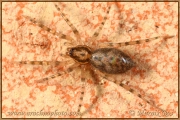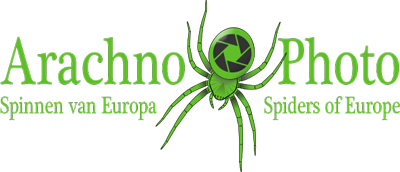The Liocranidae formerly belonged to the Clubionidae, but are now considered a separate family. They are free-hunting and night-active as well, but do not build a silken retreat to hide themselves in during the day. Instead, they sit under stones for example. Some species of this family live in symbiosis with ants and termites. About 50 species occur across Europe.
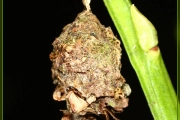
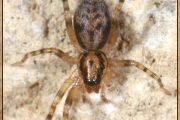
Genus Agroeca
The spiders of this genus are very similar to each other, but it is not difficult to distinguish them. The species A. brunnea and A. proxima make an exceptionally shaped egg sac, which is also known under the name of fairy lamp and is found more often than the spider itself. The spider spins a cocoon in which she lays the eggs. This cocoon dangles from a spun shaft attached to a twig or blade of grass. Below the eggs is an empty chamber where the spiderlings stay until the first moult. The exterior of the egg sac is often camouflaged with soil particles.
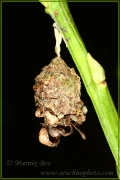
Genus Liocranum
These are the largest spiders from the family Liocranidae. They are distinguished from Agroeca by the broader head and forehead. The female does not make an egg sac but guards her eggs unprotected or underneath a thin layer of silk.
